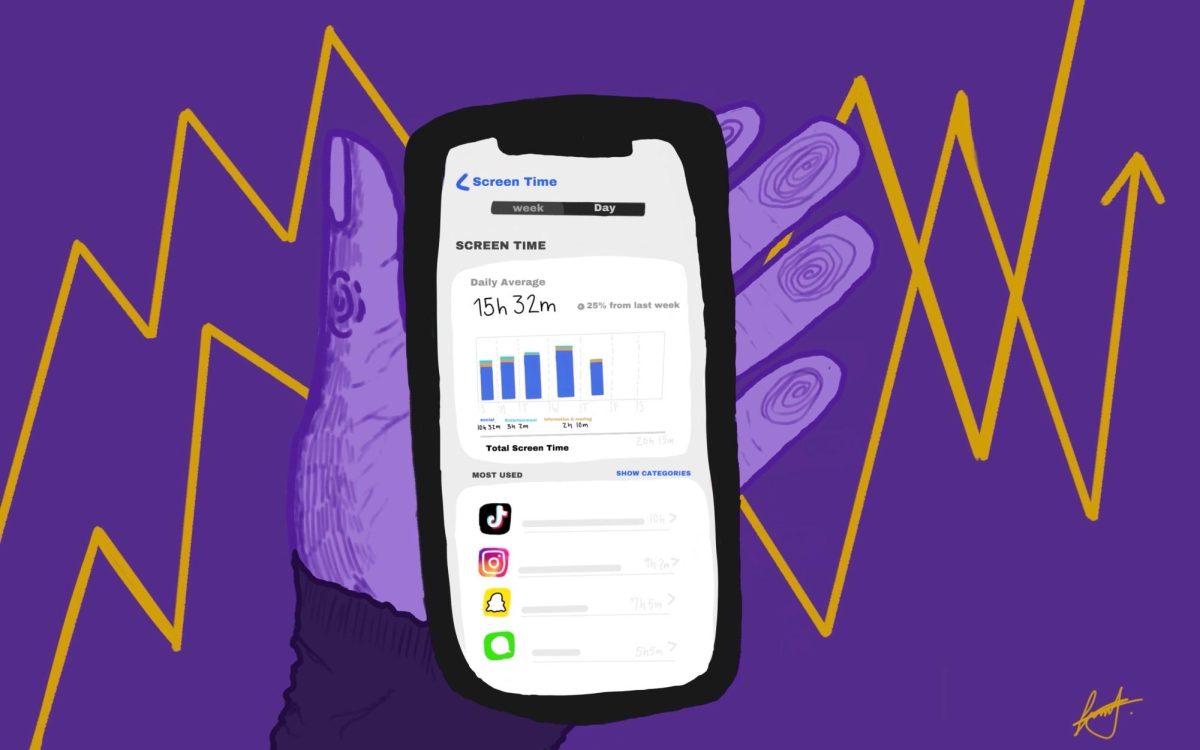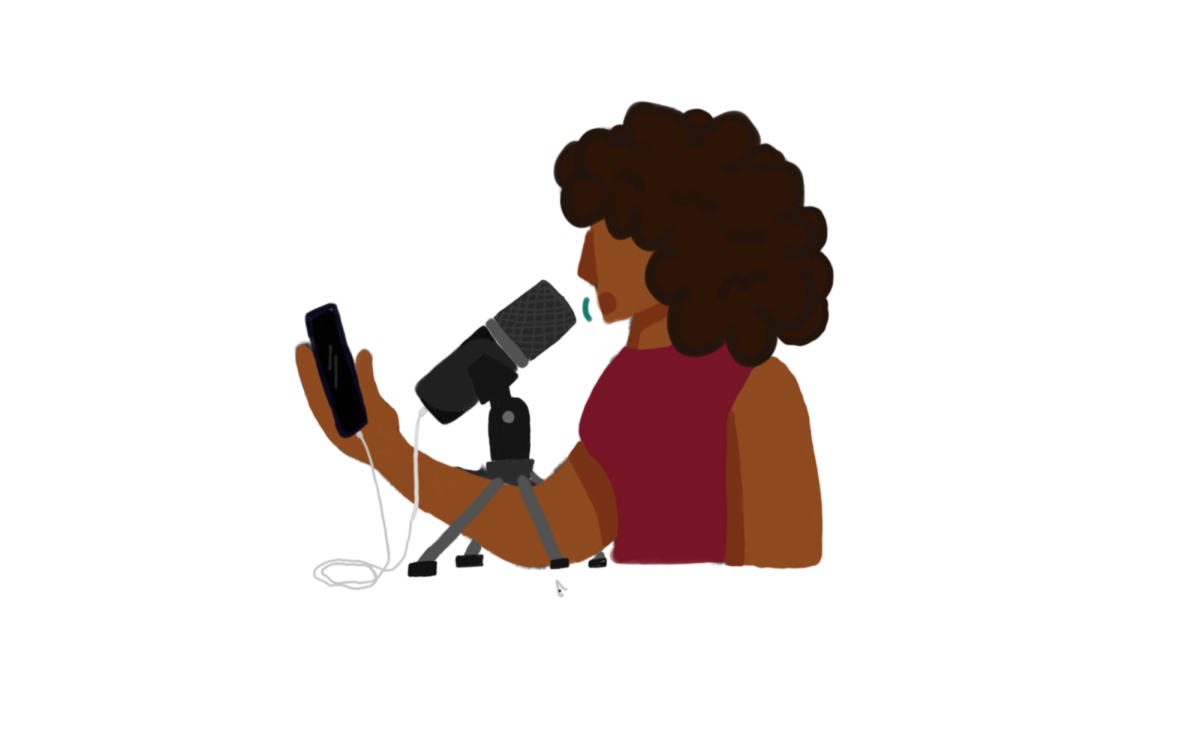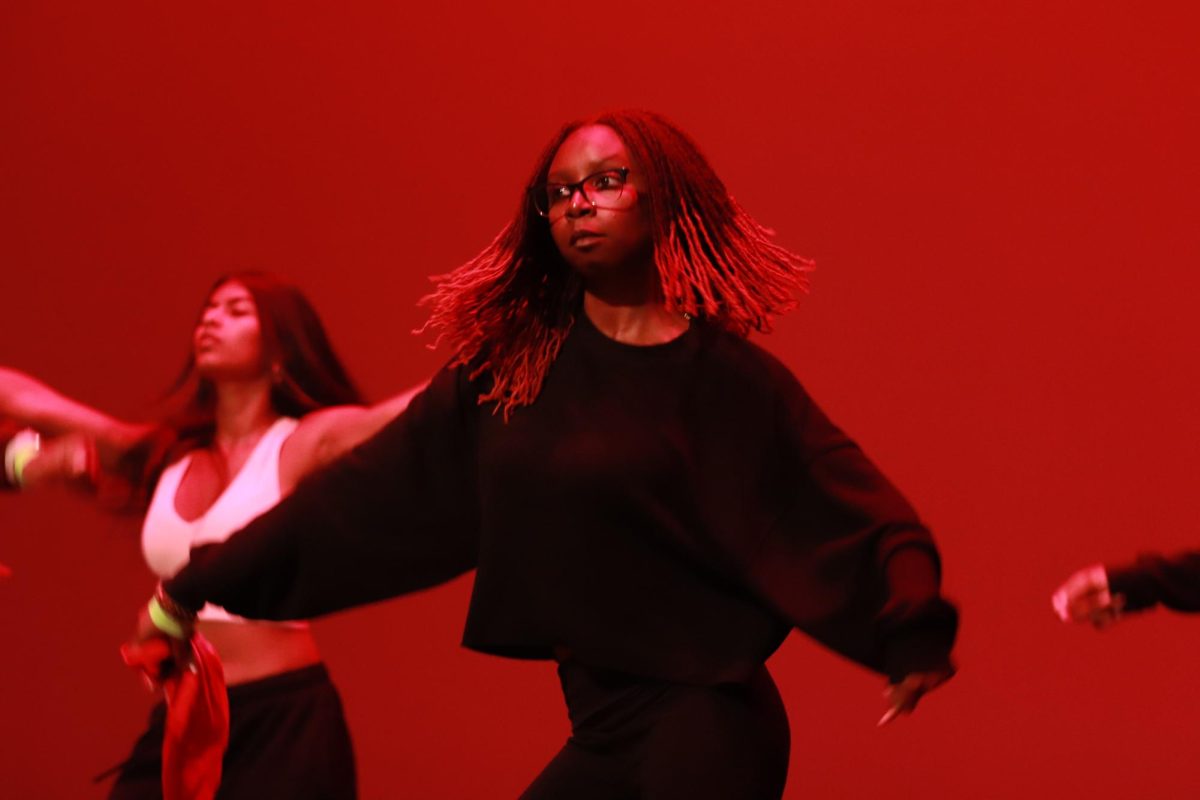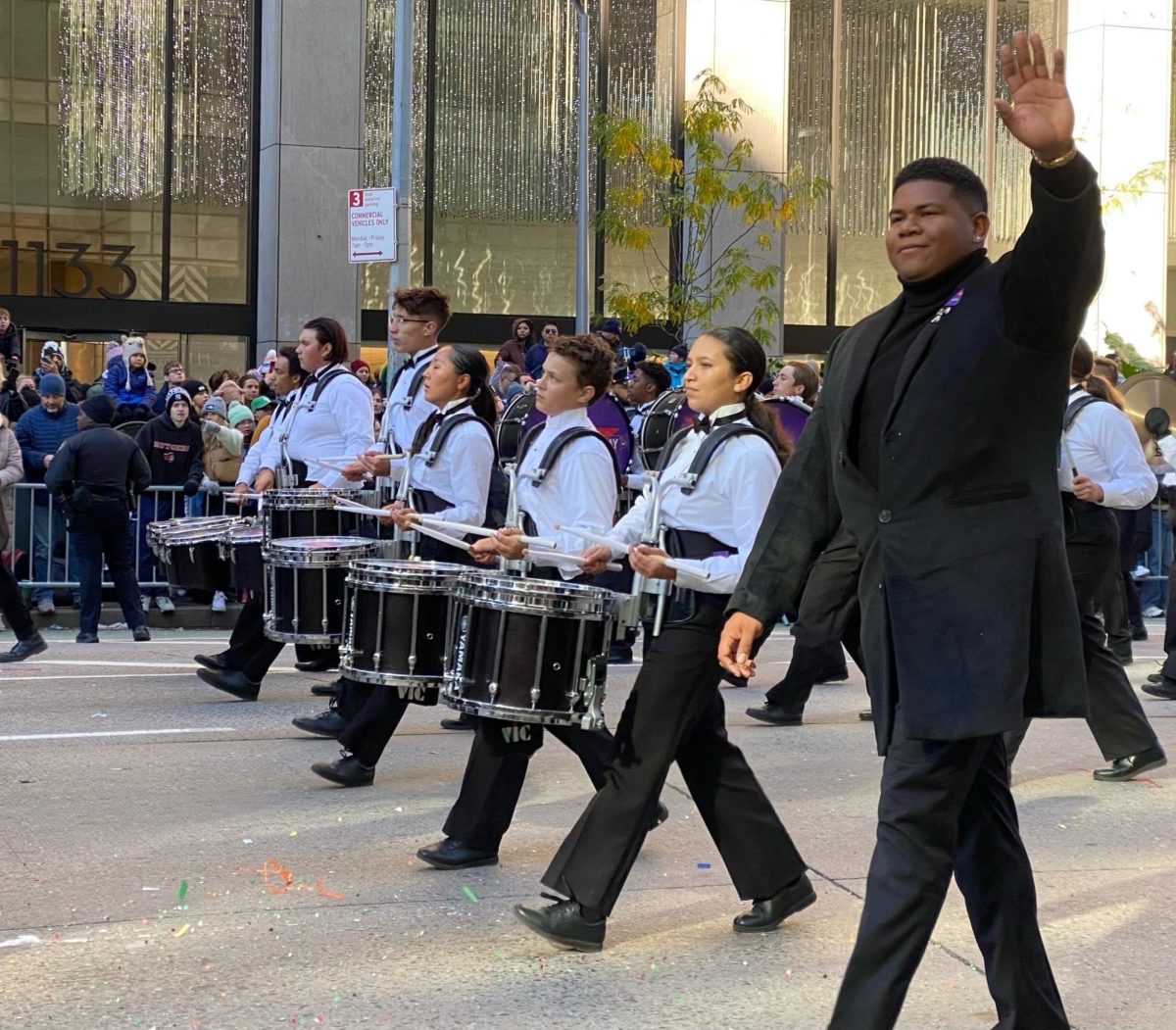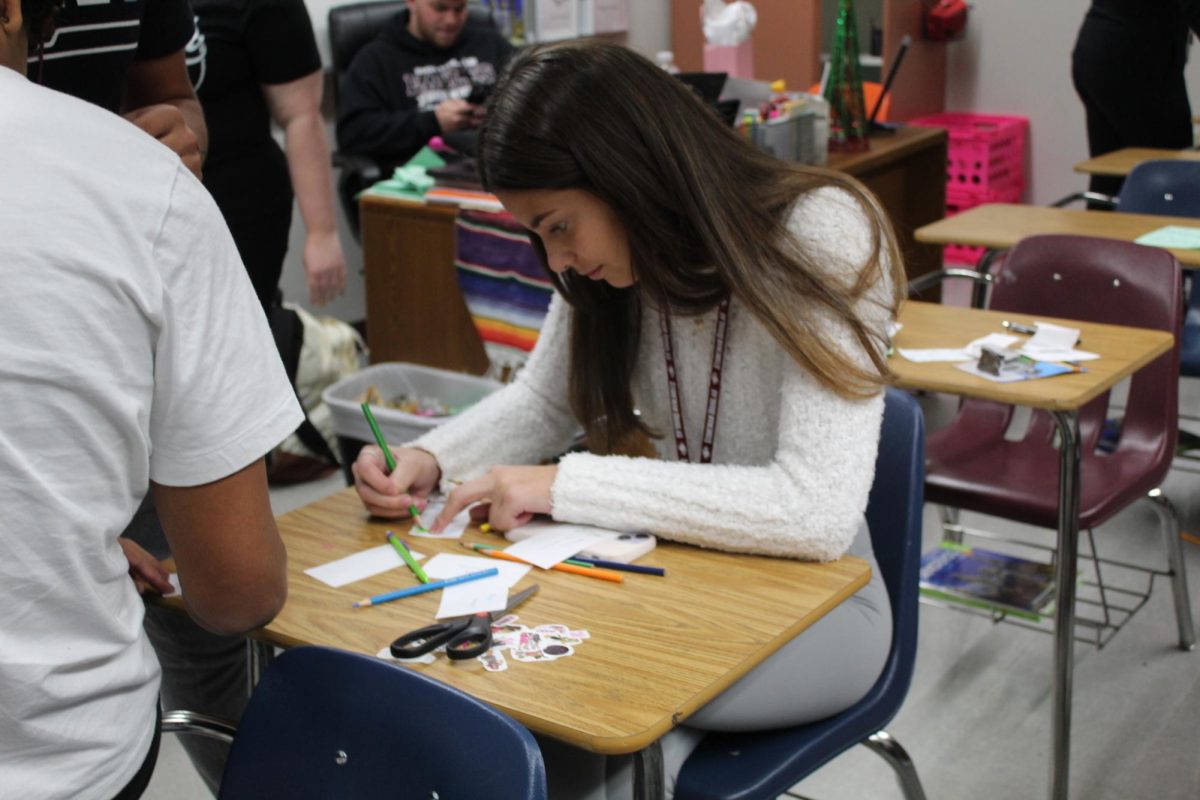*Names indicated were changed to protect students’ anonymity
“At your age, you’re going to have a lot of urges,” Coach Carr said in his iconic line in “Mean Girls,” while teaching sex education. “You’re going to want to take off your clothes, and touch each other. But if you do touch each other, you will get chlamydia. And die.”
Misinformation about sex, such as that spread through media like “Mean Girls,” is constantly broadcasted to teens. Therefore, it is necessary that they get accurate information, a responsibility that most often falls upon their schools. In Broward County Public Schools, however, there have been complications regarding teaching sex-ed to students.
In an meeting on Tuesday, Oct. 17, Broward County Public Schools approved a new sex education curriculum for grades K-12 with a 5-4 vote. This curriculum is now awaiting the approval of the Florida Department of Education.
The controversy surrounding BCPS’ sex education curriculum began last year, when the county failed to offer any sex-ed instruction to the 251,106 students in the district. This was the result of the initial rewrite of the county’s curriculum to align it more with changes in Florida’s state laws.
County officials attempted to align the curriculum with the state’s more conservative stance on issues related to sex, gender and LGBTQ+ topics. The rewrite occurred due to doubts about whether the curriculum BCPS had been using followed state laws. The laws in question are HB 1557 and HB 1069, dubbed by critics as the “Don’t Say Gay” and “Don’t Say They” laws, respectively.
HB 1577 banned instruction on gender identity and sexual orientation in grades K-3, which was then expanded by HB 1069, now applying to grades pre-K through 8.
BCPS previously used “FLASH,” a comprehensive sex-ed curriculum developed by Public Health Seattle King-County, which covers topics of abstinence, birth control methods, consent, condoms, STD/STI prevention, puberty, sexual orientation, gender identity and sexual violence prevention.
Criticism over the FLASH curriculum was compounded by BCPS Interim Superintendent Earlean Smiley’s statement at a board meeting alleging that the curriculum may never have been approved by the School Board of Broward County. Smiley, whose tenure as interim superintendent ended in early July, believed that the school board had approved a sexual health policy in 2014 that included many of the topics discussed in the curriculum, but never the curriculum itself.
Smiley and other school administrators, presented a redacted version of the “FLASH” curriculum to the school board on March 28, proposing that these changes adjusted the curriculum so that it abided by the changes made in state law. However, SBBC members believed that the rewrite went farther than what was necessary and requested it be rewritten again.
“Why are we making these changes? To send a message to the state? Are we truly willing to put children in danger to make a political statement?” SBBC member Sarah Leonardi said at the meeting.
Sex-ed is typically taught to BCPS students in April or May, so school board members hoped the issues regarding the curriculum would be resolved in time for it to be taught before the school year ended. However, the issues were not resolved, and as a result, no students were taught sex-ed last year.
Disagreement on how sex-ed should look and be taught extended from last year into this year, ending in the Oct. 17 meeting, in which one woman was arrested for allegedly assaulting a police officer when she was escorted out of the meeting.
Meeting attendees and speakers were at odds on what is appropriate for different grade levels, if appropriate at all. One speaker claimed the new curriculum was teaching “3 and 4-year-olds about masturbation” and another claimed that it was “teaching sixth graders about anal sex.”
While the first claim is unfounded, as sex-ed is not offered to BCPS pre-kindergarten students, the sixth grade curriculum was a topic of debate. Anal, vaginal and oral sex are mentioned in the curriculum, though the focus is shifted more to abstaining from it as well as the benefits of abstinence.
Other parents and attendees were adamant about passing a cumulative sex-ed curriculum that day, since students already missed an entire year of instruction.
The divide on the sex-ed curriculum was not only represented by the speakers at the Oct. 17 meeting, but also the vote that followed, which approved the new curriculum with a single vote margin. SBBC members Torey Alston, Brenda Fam and Daniel Foganholi, as well as Board Chair Lori Alhadeff, voted no on the curriculum.
Alhadeff was specifically concerned about a lesson on consent that included a discussion on when students might be ready for sex. Fellow SBBC member Allen Zeman pushed back on this.
In a survey of 327 MSD students, 24% reported having had sex.
New Curriculum
The new sex-ed curriculum for middle schools and high schools is 720 pages long, and topics range from gender identity, sexual orientation, condoms and STD prevention to abstinence, dating violence, pregnancy prevention and abusive relationships.
Florida is an abstinence-only sex-ed state, meaning that a curriculum that teaches abstinence is the expected standard for all students. HB 1069 established strict guidelines for sex-ed taught within the state.
It instructs teachers to “teach abstinence from sexual activity outside of marriage as the expected standard for school-age students while teaching the benefits of monogamous heterosexual marriage.” The law expects teachers to emphasize that abstinence is the most certain way to avoid STDs and pregnancy.
Abstinence-only sex-ed is a controversial policy, as its critics believe that it ignores the reality that teenagers do and will have sex regardless of what they are taught and thus, inadequately prepares them for when they do choose to have sex.
“I feel as if students deserve refreshers on what safe sex means, especially as we get further into high school,” junior Ayla Keshavarzi said. “We’ve learned about reproductive systems and how they operate, but I still feel as if kids need reminders about avoiding STDs and infections without being told to simply abstain… I don’t even think I remember us ever talking about things like yeast infections.”
A 2007 congressionally-mandated study by Mathematica Research found that students in federally funded abstinence-only programs were just as likely to have sex by 16, and tended to have as many sexual partners in comparison to students not in an abstinence-only course.
Despite mandated abstinence-only sex-ed, there is a lesson in the new BCPS curriculum, seemingly aimed at eighth graders, that teaches all high schoolers about various methods of birth control: abstinence, external condoms, pills/patches/rings, IUDs/shots/implants, withdrawal, emergency contraception and dual protection.
While the lesson emphasizes abstinence as the number one method of birth control, it describes other methods of preventing pregnancy. Some methods are more well-known: 91% of MSD students are familiar with and understand the basic concept of condoms, and 90% are familiar with and understand the basic concept of birth control pills.
IUDs and abstinence were at the lowest end of the spectrum, at 41% and 46% respectively.
Of the 24% of MSD students that have had sex before, 28% either had or their partner had a pregnancy scare that ultimately turned out to be false. Another 9% had or their partner had a pregnancy scare that turned out to be a real pregnancy.
As described in the lesson, birth control pills serve more purposes than contraception, as they can shorten periods or lighten periods, regulate hormones due to a health issue, reduce acne, regulate a menstrual cycle and decrease menstrual cramping.
The curriculum calls for all high schoolers to be taught the “They Love Me… They Love Me Not…” lesson about abusive relationships and another related to communicating about sex.
There are also lessons about STDs, their symptoms, cures and how they are transmitted for grades 9-12.
Additionally, one ninth grade assignment aims to help teenagers differentiate between reliable and unreliable sex-ed on the internet
In a survey, 64% of MSD students listed the internet as one of their primary sources of sex-ed, and one survey by UK sex education charity Fumble, found that 79% of young people aged 11-25 do not know what online sex-ed websites to trust.
All lessons suggest instructors use scientific terms to describe body parts for all grades in the “ground rules” for each lesson. While this was always intended to be implemented in higher grade levels, there was a debate over its inclusion in younger grades.
The SBBC ultimately decided to require scientific terms for lower grades as well, rather than terms like “parts under a bathing suit.”
One of the reasons for inclusion is that scientific terms are universal. If someone must see a doctor in a foreign, non-English speaking country, the doctor will understand the scientific terms for a body part but may not understand localized slang terms.
Additionally, scientific terms provide students with the vocabulary to express their boundaries, desires and concerns. One of the primary factors that led to the debated implementation of scientific terms for elementary schoolers was in the context of childhood sexual abuse: students would be better able to articulate where someone is inappropriately touching them if they know what the parts are called.
While scientific terminology was included in BCPS’ previous sex-ed curriculum, 21% of MSD students admitted to not knowing the difference between a vagina, labia and vulva and another 15% were unsure if they knew the difference.
BCPS does not require integrated, mixed-sex sex-ed, but requires that “all students should receive puberty lesson[s] for both boys and girls, even if the class is separated by sex.”
Separating students by gender to learn sex-ed is a common practice, as many believe it allows students to feel more comfortable learning about their body and asking questions. This is primarily a tactic used when teaching students about puberty, as it causes different effects depending on the sex of the person.
Many who support integrated sex-ed contend that segregated sex-ed leads to ignorance about the body of someone of another sex. For example, 53% of MSD’s self-identified male students incorrectly believe that urine comes out of the vagina, compared to 32% MSD’s self-identified female students.
A study by the University of Auckland found that 65% of students actually prefer integrated, mixed-sex instruction.
“Students, male, female or otherwise, should be taught about menstruation and the many methods of birth control, as well as safe sex habits,” senior Marco Johnson* said. “If they don’t go through menstruation that’s fine, but then they’ll know how to support those around them that do and they’ll have a more nuanced perspective of how it could impact someone’s life.”
Curriculum Implementation
The new sex-ed curriculum will be officially established in BCPS when and if it gains approval from the FLDOE. However, there is no designated time for students to learn sex-ed at school outside of specific courses that include instruction in them.
Eagle Eye News reached out to the BCPS Department of Equity, Diversity and School Climate for verification on how and where the county expects the curriculum to be implemented in high school and have not yet received a response.
MSD’s Personal Fitness and Lifestyle Design class, which any student can take to fulfill their physical education graduation requirement, is the only class that has sex-ed content in its curriculum. Although this class is offered to all students, it is primarily taken by freshmen, as students try to earn their P.E. credit early on in their high school careers.
“Out of the four years I’ve been in Douglas, only during freshman year I got sex-ed, and it was during [physical education],” senior Ashley Brown* said. “After that, I just never got taught anything about sex-ed, and everything I learned, I learned it in middle school.”
In the curriculum that the class uses, there are specific units dedicated to teaching sex-ed, as well as sex-ed topics that are discussed in lessons throughout the year.
“It [sex-ed] is meant to be built-in all year, through different lessons and different things that are discussed,” Personal Fitness and Lifestyle Design teacher Lauren Rubenstein said. “It’s not necessarily just like the couple units that we do, or the way I modeled it that I would do in the spring. In years past, I’ve done my sex-ed unit… in like April-May time, when they’re a little bit more mature to take on the information.”
Rubenstein believes in the importance of students receiving this information.
“For some students, I’m the only exposure to the [sex-ed] information,” Rubenstein said. “I know the curriculum that we had before went through having condom demonstrations and different things, where that is something that I thought was important, that I was more comfortable with.”
Last school year, when controversy arose surrounding BCPS’ sex-ed curriculum, Rubenstein made the decision not to teach the sex-ed aspects of the class, something that remains the case this year as the curriculum has not received approval from the FLDOE yet.
Currently, 159 MSD students are enrolled in the Personal Fitness and Lifestyle Design class: 125 freshmen, 12 sophomores, 7 juniors and 15 seniors. If that number is consistent from year to year, only 4.78% of students receive sex education at MSD each year.
This is because most students choose to earn their physical education credit by taking Health Opportunities Through Physical Education online and through Florida Virtual School.
FLVS does not abide by BCPS standards though, as they have their own curriculum: HOPE. The HOPE curriculum does offer general sex-ed in one module in the second semester of the course, but it is not as detailed as BCPS’ current proposal. It teaches abstinence as the only way to truly prevent STD contraction, charts the symptoms and risks of various STDs and explains the harms of teen pregnancy, including postpartum depression.
The HOPE curriculum does not go without criticism. One main critique is that it lacks inclusivity and appears outdated. The course does not mention LGBTQ+ people in its discussions of sex-ed and uses sources from 2011 when providing statistics about teen pregnancy.
Other people might expect sex-ed to be taught to students in either their biology or anatomy and physiology courses. However, anatomy and physiology does not provide sex-ed outside of information on anatomical structures and functions.
“In anatomy, I [teach] the structures but I don’t do traditional sex-ed curriculum,” Anatomy and Physiology teacher Jay Stobinsky said. “There usually is some kind of health component… that’s done by other teachers… where they’re trying to educate children about reproduction in general. I cover more of the medical aspect of it, so they’re two totally different things.”
Regular and Honors Biology students do not learn sex-ed; these students learn the structure and function of reproductive systems. AP Biology does not cover sex-ed either.
Even if sex-ed was taught in biology courses, many students choose to take the course in eighth grade, meaning they would not be exposed to high school related sex ed topics anyway.
The absense of a designated time to learn yearly sex-ed curriculum for high school students could be considered a cause for concern, as according to the American Academy of Pediatrics, children should learn sex-ed, “beginning at early ages and continuing throughout childhood and adolescence.”
Alternative Sources
When teens are taught inadequate sex-ed or no sex-ed at all, they turn elsewhere for the information. As of August of this year, over half of the states in the U.S. require that sex-ed is taught through an abstinence-only curriculum.
Abstinence-only curriculums emphasize that the expected standard of behavior when it comes to sex is to abstain until marriage. However, abstinence until marriage is uncommon in the U.S., as almost 90% of people have sex before they marry, according to a survey by the Institute of Family Studies.
Given this statistic, it is unlikely that teens will abstain from sex until marriage and will consequently, need to rely on other forms of birth control and HIV/STI prevention. This information is provided to teens in comprehensive sex-ed curriculums, but often left out in abstinence-only ones.
“Comprehensive sex education is more beneficial,” Johnson* said. “Comprehensive sex-ed is needed so when students grow up they can make educated decisions regarding sex. Even if they choose to stay abstaining, they at least have the information just in case.”
The Guttmacher Institute has found that abstinence-only sex-ed is ineffective in reducing teen pregnancy and STIs, as well as lacks representation of LGBTQ+ individuals.
Mississippi, where an abstinence-only curriculum is required, had the third highest teen pregnancy rate in 2016. New Hampshire on the other hand, where a comprehensive sex-ed curriculum is required, had the lowest teen pregnancy rate.
Inadequate sex-ed in schools can also come in the form of false information, as only 18 states in the U.S. require their sex-ed courses be medically accurate. Florida is not one of those states.
Teens are finding alternative ways to learn sex-ed, including social media platforms.
Medical professionals post on YouTube and TikTok in order to provide reliable and scientifically factual sex-ed to teens.
The National Library of Medicine found that general discussion on X, formerly known as Twitter, increased young people’s condom usage and knowledge of STIs.
British TikToker Hayley Morris, who has over two million Instagram followers, around 1.5 million YouTube subscribers and 4.5 million TikTok followers creates humorous sketches of herself in various costumes as different body parts to convey her experiences of being biologically female. On her account, she jokes about periods, hormones, sex and frustration with men’s lack of knowledge about the female body.
“Hayley’s videos are so funny,” junior Olivia Smith* said. “They’re so relatable for me, especially the videos about periods and sex. I think, even if she doesn’t realize it, she’s really helping normalize talking about sex and puberty from the female perspective because TikToks are exactly the way to communicate to a younger audience.”
Still, using social media to obtain information about sex does not come without risks. Misinformation is common on these platforms and videos regarding this topic do not have to be factual in order to become popular. Credibility is not a requirement when posting sex-ed related content and teens are left susceptible to false and potentially harmful information as a result.
“Social media can be an effective tool for getting sexual education as long as it’s from trusted medical sources and accounts,” Johnson* said. “Caution should be exercised though because a lot of facts are overgeneralized and oversimplified for the sake of easy digestibility with the rise of short form content.”
A lack of trigger warning requirements on social media platforms or lax community guidelines can also leave teens susceptible to viewing content that promotes sexual assault, domestic violence and other sensitive content. This content has the potential to give teens an unhealthy view of what sex and relationships should look like.
“I think students should at least have some sort of access to resources [provided by school] explaining the expectations and realities of sex if it’s not taught in school,” Keshavarzi said. “Schools should at least point students in the right direction about the psychological aspects of sex and not just physical.”
Another way in which teens may attempt to learn sex-ed is through pornography or otherwise explicit content. A report from Common Sense Media found that 54% of children had viewed online pornography by the age of 13. At MSD, 29% of students consider explicit content, including pornography and explicit literature, to be one of their primary sources of sex-ed.
While pornography can provide teens with a visual display of what sex looks like, the display is not always a realistic or accurate depiction of sex. Specifically, it sets up unrealistic sexual expectations for both themselves and their partners based on common sexual fantasies that may not actually occur in real life. However, for teens with little to no sexual experience to compare this to, this can appear to reflect reality.
A study in the Canadian Journal of Human Sexuality compared pornography usage to expectations during sex and found that viewing video pornography caused both unrealistic sexual and body expectations.
However, as explained by Medical News Today, pornography has also been found to destigmatize sex, empower teens sexually and help teens better understand what sex entails. Another benefit of pornography comes in the form of increased access to diverse sexual content, displaying to teens the different ways in which sex can look, outside of what is traditional.
This may include the acting out of sexual desires that stray from what is normalized, in addition to sex between non-heterosexual couples. Sex-ed curriculums across the nation tend to overlook LGBTQ+ individuals; only nine states have queer-inclusive sex-ed policies.
Florida is not one of these states, but is rather one of six states that requires their sex-ed lessons to teach “the benefits of monogamous heterosexual marriage.” When sex-ed disregards educating LGBTQ+ individuals on how to safely engage in sex, those individuals in particular, will resort to learning it online.
For LGBTQ+ youth, inclusive online communities provide them a space in which they can learn about sex in a way that they cannot in school. Such communities may provide validation and even the potential for anonymity, which may grant LGBTQ+ teens more comfortability in asking sex-related questions.
Many students also learn about sex via their friends, who may or may not be accurate sources. In fact, 56% of MSD students considered friends or peers to be one of their primary sources of sex-ed. While friends can share their personal experiences, sometimes their recount of an experience can be biased or overexaggerated.
“The information from my friends were from their experiences,” Brown* said. “I have had sex before, and… I did feel like my education [from friends and the internet] about sex prepared me well enough.”
Another expected source of sex-ed for students is their parents, with “the birds and the bees” talk, a conversation that parents are expected to have with their children. However, some parents shy away from it altogether, while others limit the topic to a single conversation.
According to the New York Post, 20% of the adults in the U.S. do not intend to have a sex conversation with their children.
The National Library of Medicine found that 63% of teen boys and 44% of teen girls were never taught about contraceptives by their parents.
“I was never taught about contraceptives,” sophomore Kaila Stephens said. “I do not blame my parents, but I do believe it is good information to learn when you are young. Young teenagers are always getting themselves into trouble, so the knowledge that contraceptives prevent pregnancy is important to know since many girls go through teen pregnancy because some teens aren’t cautious about having sex. Plus, contraceptives are safe to ensure you don’t have teenage pregnancy, but they do also have health effects.”
The nationwide trend of parents inadequately instructing their children on sex-ed is consistent with the findings at MSD. Only 51% of MSD students cited their parents or guardians as a primary source of sex-ed.
Conclusion
For the past two years, the overwhelming majority of MSD students have not been receiving sex education in school. This begs the question—after BCPS’ new sex-ed curriculum is approved—where, when and how will it be implemented at MSD? Without it, students will continue turning elsewhere for sex-related information.
This story was originally published in the December 2023 Eagle Eye print edition.






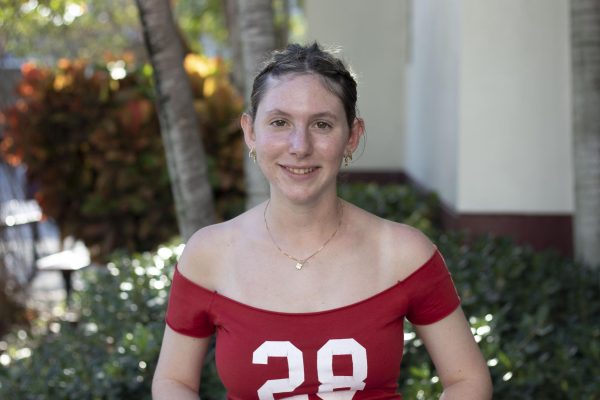

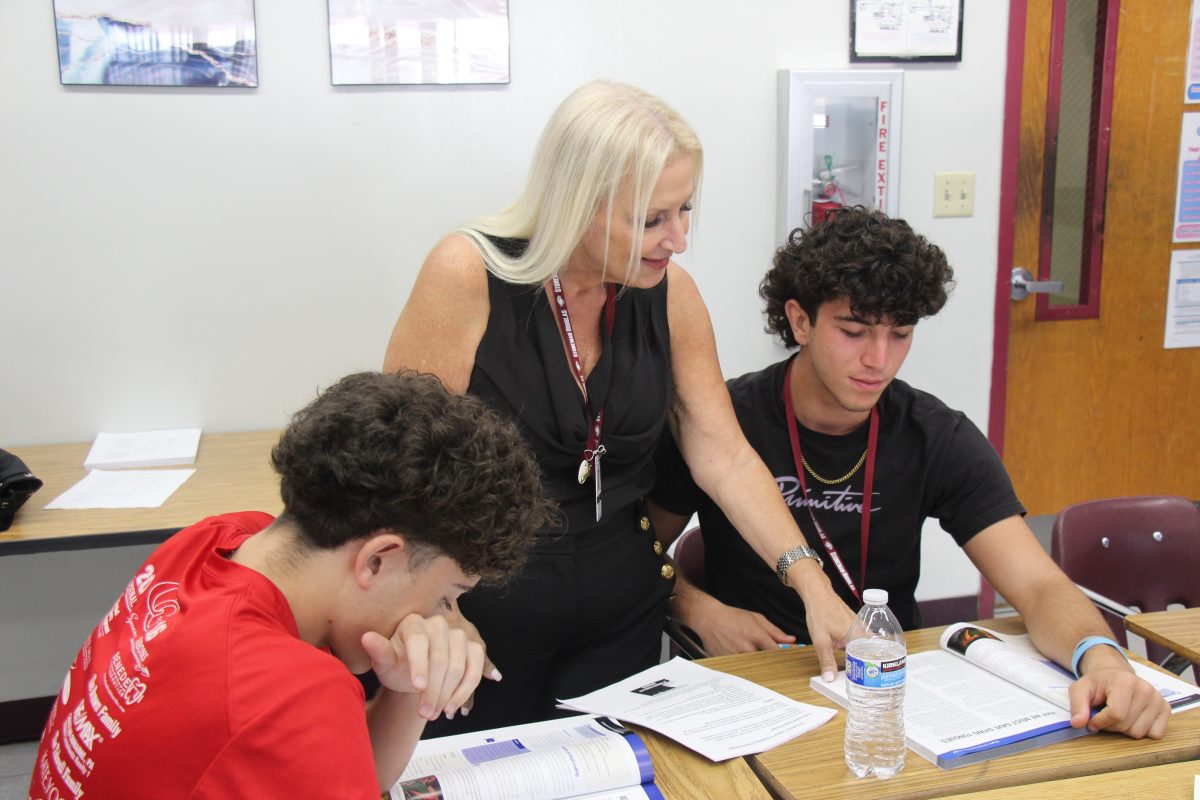
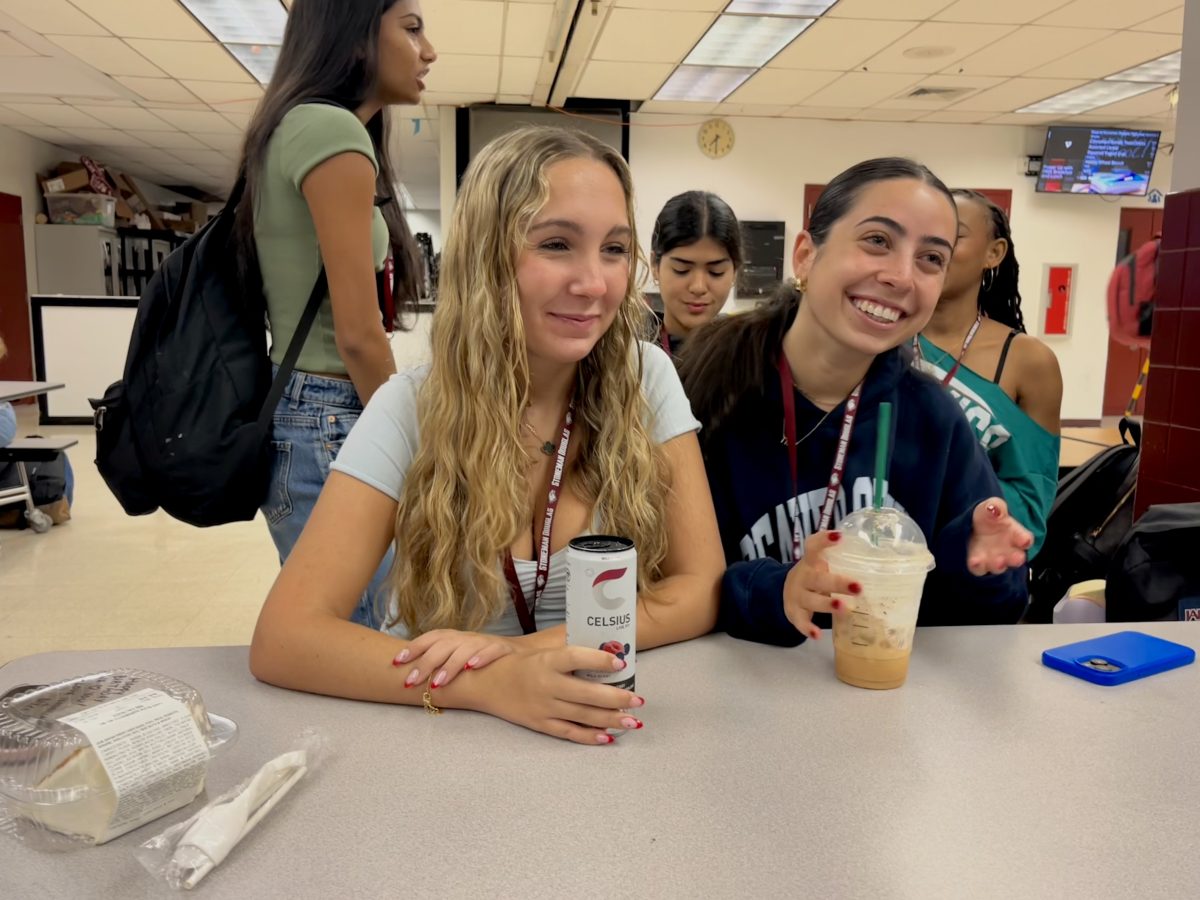
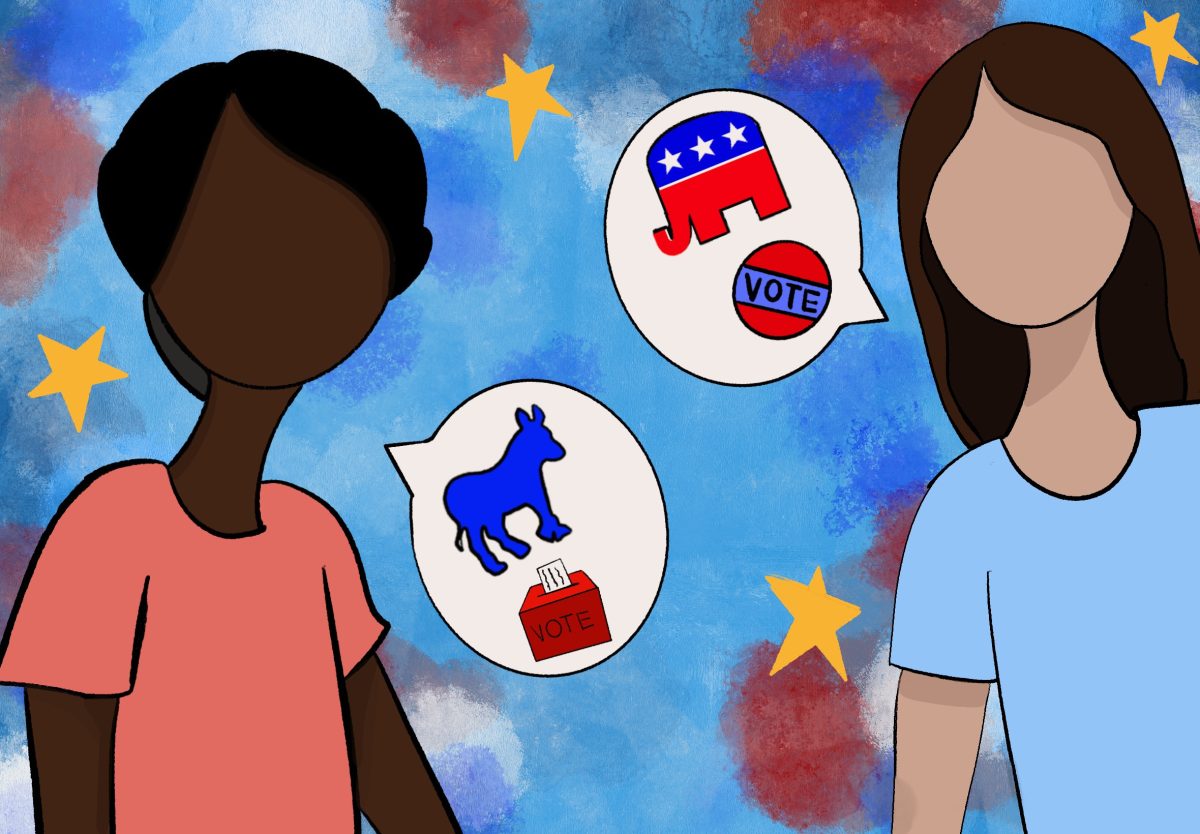

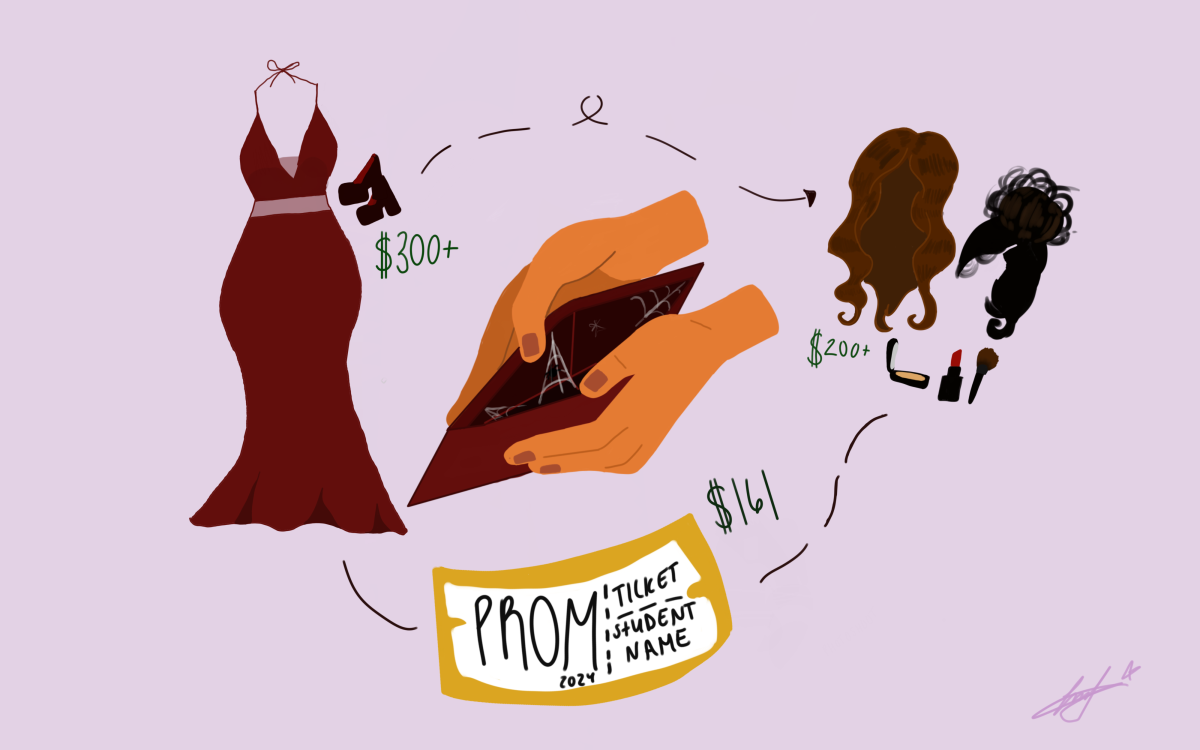





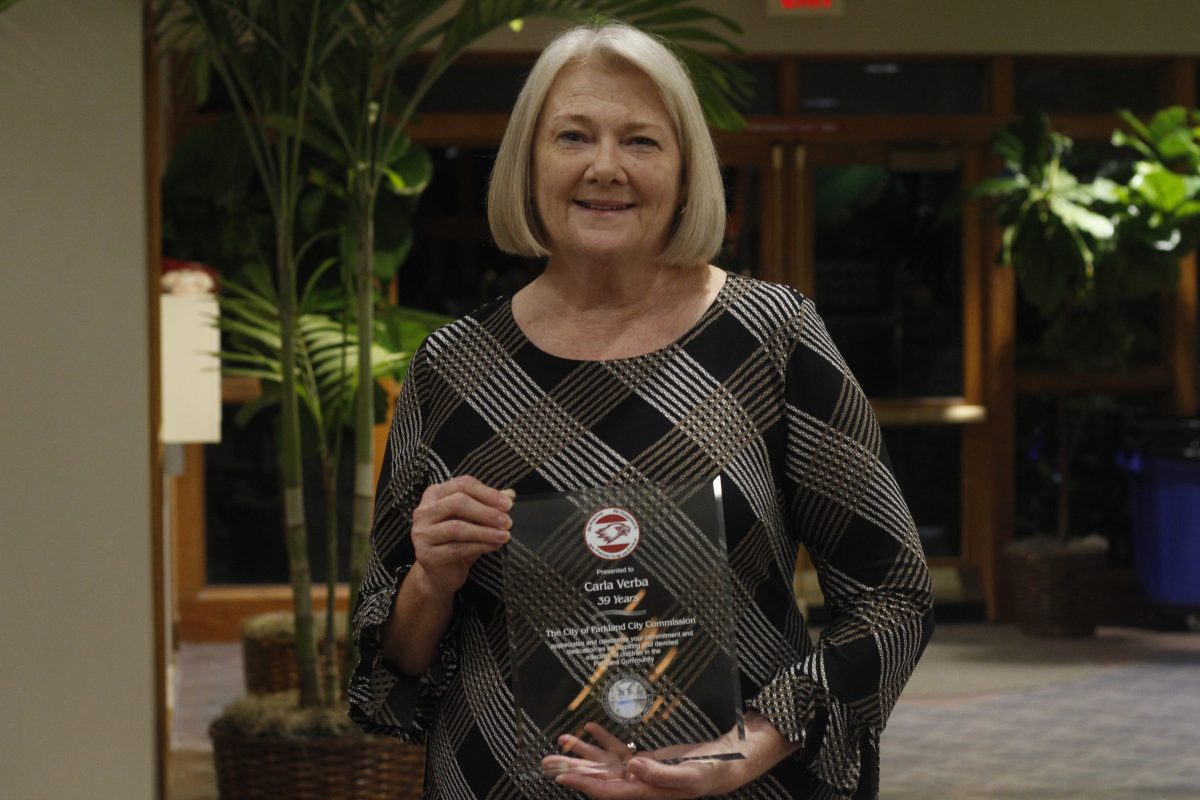

![(left to right) Seniors Stephanie Bilsky and Gracyn Haynes sport the DECA symbol, a triangle, at their first career fair, hosted on Dec. 6, 2023. The career fair had 12 business for students to explore and ask questions about. "What we wanted to do is just take what we've learned [in DECA] and expand it to those students who aren't enrolled in this class and don't have access and then just kind of take it to the community and allow students to discover their future as well," Haynes said.](https://eagleeye.news/wp-content/uploads/2024/01/9n9MEiC72JCfrptYKrZhoKhKscuboBiEju33GYeA-1200x800.jpg)
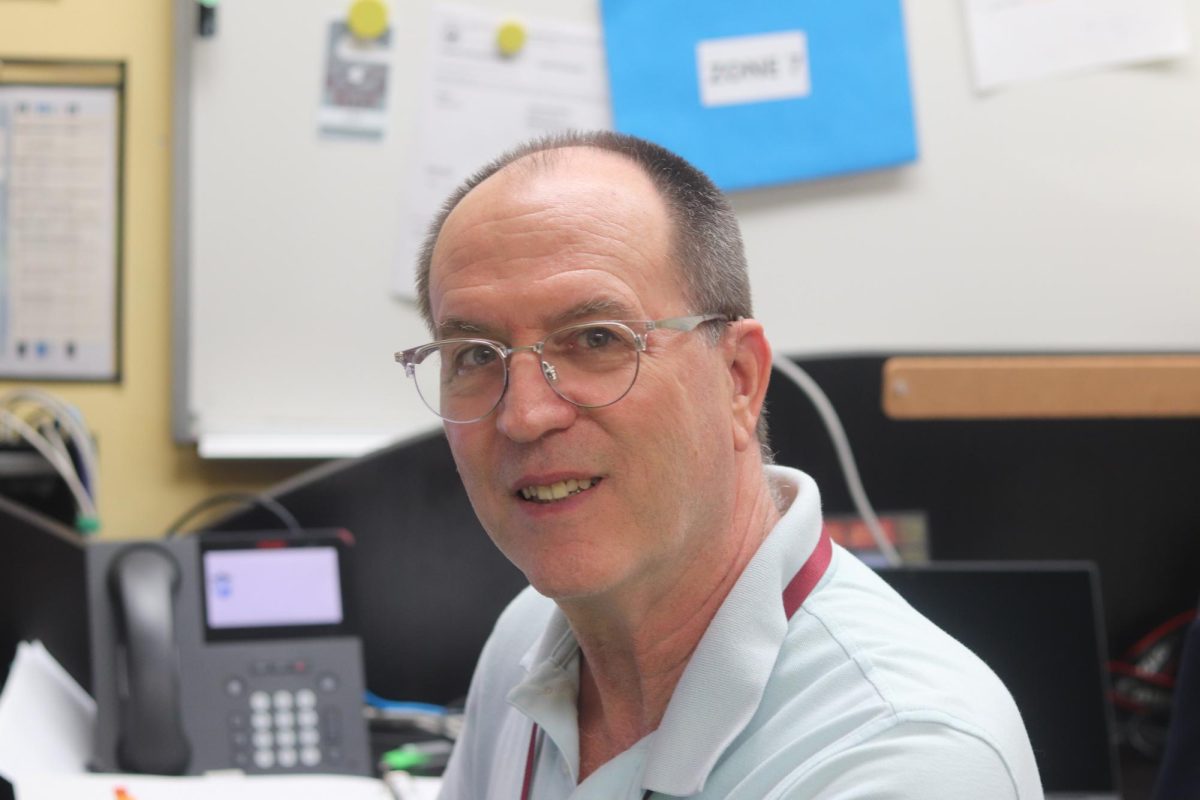
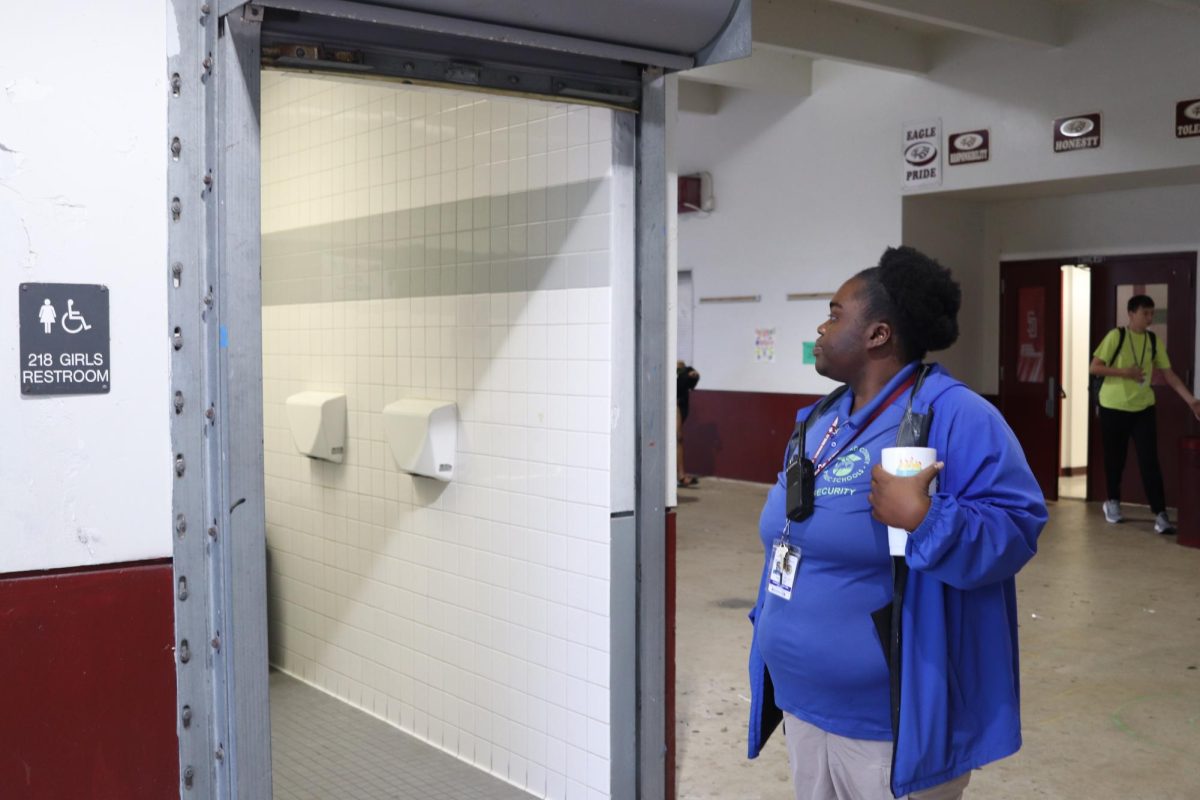

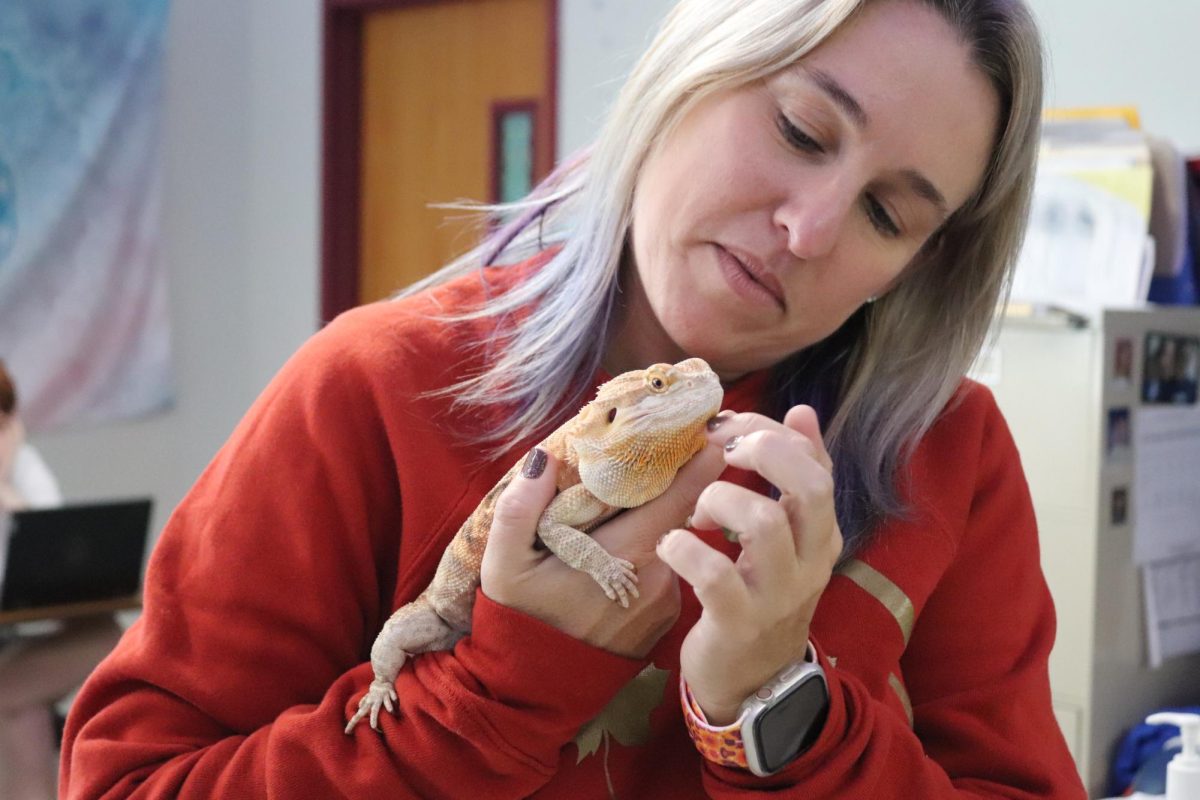

![Smiling at the amusing fight, freshman Riley Cousans plays with her two foster cats, Milkshake and Frankie. The Cousans family began fostering cats from the Saving Sage Animal Rescue Foundation, a non-profit animal shelter,
in 2022. "Because they [Milkshake and Frankie] don't know anyone else, my mom wanted them to go together," Cousans said.](https://eagleeye.news/wp-content/uploads/2023/12/bfuJocVUfmBV3vTemjuiUB1QEgsP6UdCBsJ9ws9h-1200x800.jpg)


